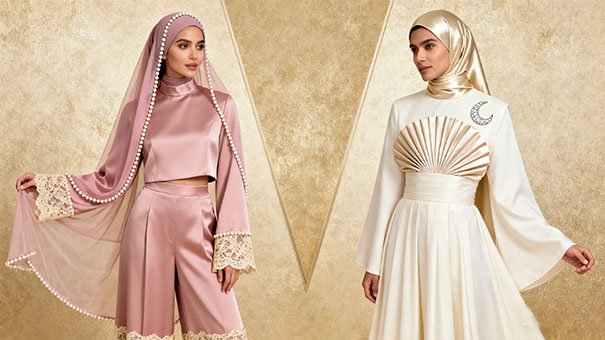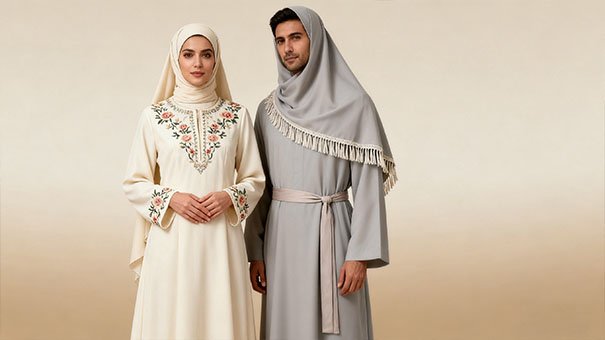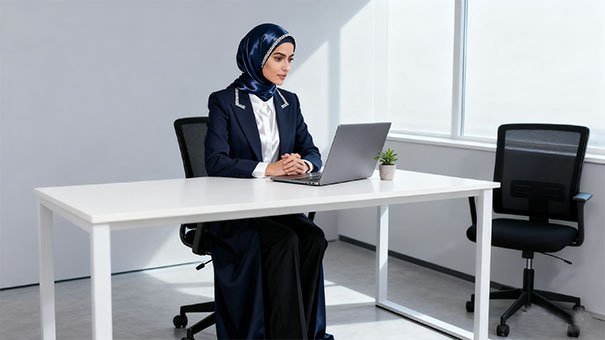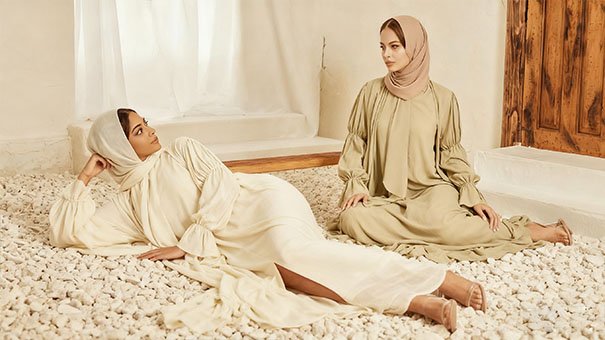Explore the future of Abaya and modern Abaya trends shaping the next ten years. From fabric innovation and sustainability to craft-led luxury and tech-driven manufacturing — here’s what brands and buyers should expect.
1. The Big Picture: Market Forces & Trends
The modest fashion market is maturing. Analysts report steady growth and a widening audience — not just in traditional markets but in Europe, North America and Southeast Asia. Industry reports such as McKinsey’s 10 themes shaping fashion in 2025 and features from Vogue point toward a few clear realities: consumers want meaning, durability, and personalized style.
So what does that mean for Abayas? Expect demand for pieces that marry cultural authenticity with contemporary design — pieces that can be worn across occasions and across borders.
2. Design & Silhouette Innovation
Silhouettes will broaden. Classic longlines will remain, but we’ll see more hybrid designs — layered panels, detachable elements, convertible hems. Think an Abaya that can shift from work to evening with a tweak.
Designers will lean into subtle tailoring and structure, while keeping modesty intact. Expect minimalist cuts, refined pleating, and ergonomic adjustments (hidden vents, strategic linings) that make Abayas more comfortable for daily life.
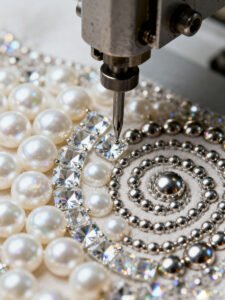
3. Materials, Sustainability & Tech
Material science will be a major differentiator. Recycled yarns, low-impact dyes, and breathable performance blends will become mainstream. Consumers want fabrics that look premium and behave practically — wrinkle resistance, UV protection, and easy care.
Sustainability conversations are complex. While some industry leaders temporarily deprioritize sustainability due to cost pressures, credible analyses (e.g., Vogue Business) argue brands that invest in traceable, durable materials will capture loyal customers in the long run.
4. Craftsmanship, Embroidery & Value
Luxury in the coming decade will be about craft and story. Full-hand embroidery, artisanal trims, and small-batch finishing signal value — and customers will pay for it. At Oharry, our hand-embroidery and delicate finishing remain a core advantage; these techniques add uniqueness that mass-produced items can’t match.
If you’re building a brand, consider offering limited runs with signature handwork. Those pieces become brand ambassadors and justify premium pricing.
Learn how our team integrates artisan work with scalable production in our custom printing and embroidery services. Also explore related guides on Abaya fabric types and our full production process.
5. Manufacturing: Faster, Cleaner, Smarter
Manufacturing will combine automation with human skill. CNC cutting, predictive inventory systems, and AI-assisted pattern grading reduce waste and speed up lead times. Yet, quality checkpoints and hand-finishing remain essential to ensure the Abaya’s fit and finish.
Brands that adopt smart manufacturing — without sacrificing QC — will scale more profitably. Reports from McKinsey and BoF highlight that firms using data-driven operations weather market slowdowns better and maintain margins.
Design the future of modest fashion with Oharry
From sustainable fabrics to full-hand embroidery, we help brands create Abayas that are future-ready. Low MOQ, fast sampling, and quality-first production.
Explore Our Custom Services
Hand embroidery • Fabric sourcing • OEM support
6. FAQs
Q1: Will Abayas remain relevant in Western markets?
Yes. As long as brands design Abayas that respect modesty while offering modern aesthetics, demand will continue. The recent runway and editorial coverage (see Vogue’s report) confirms widening acceptance.
Q2: How should brands balance sustainability and cost?
Prioritize traceability and durable materials. Small-batch premium offerings often provide higher margins and less waste than endless fast-fashion runs. For industry context, read McKinsey’s Next Normal insights.
Q3: What role will craftsmanship play in pricing?
Handwork and artisanal details justify premium pricing. Customers increasingly value provenance — knowing a piece was handcrafted by skilled artisans adds emotional and monetary value.
7. Summary & Next Steps
The next decade for Abaya fashion is about balance: heritage + innovation, craft + tech, sustainability + scalability. Brands that plan thoughtfully — investing in materials, QC, and meaningful design — will stand out.
Ready to build a future-ready Abaya collection? Start with high-quality fabrics, define signature details (like hand embroidery), and partner with an OEM who understands both craft and modern production. Explore our sample-to-shipment process to get started.

